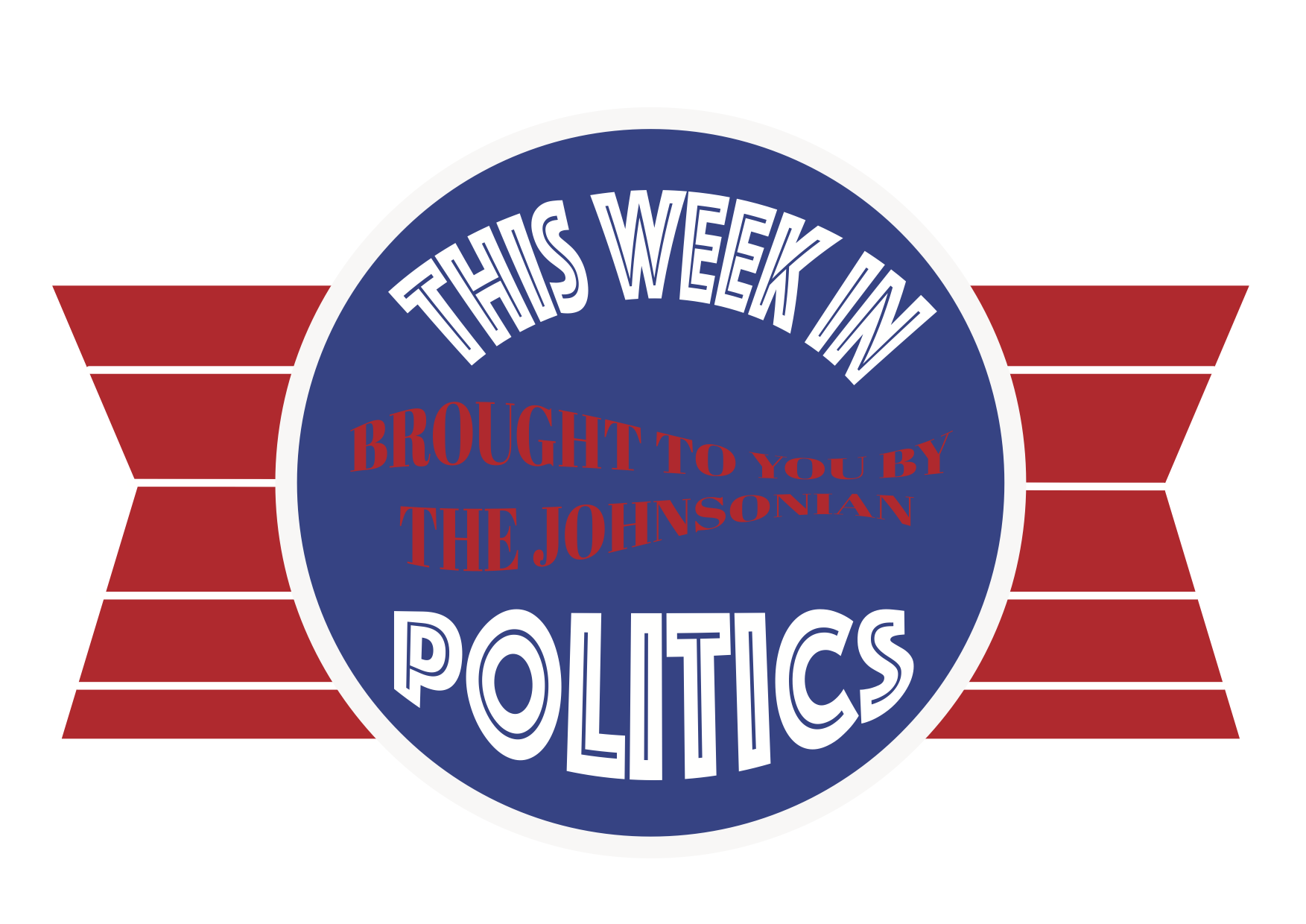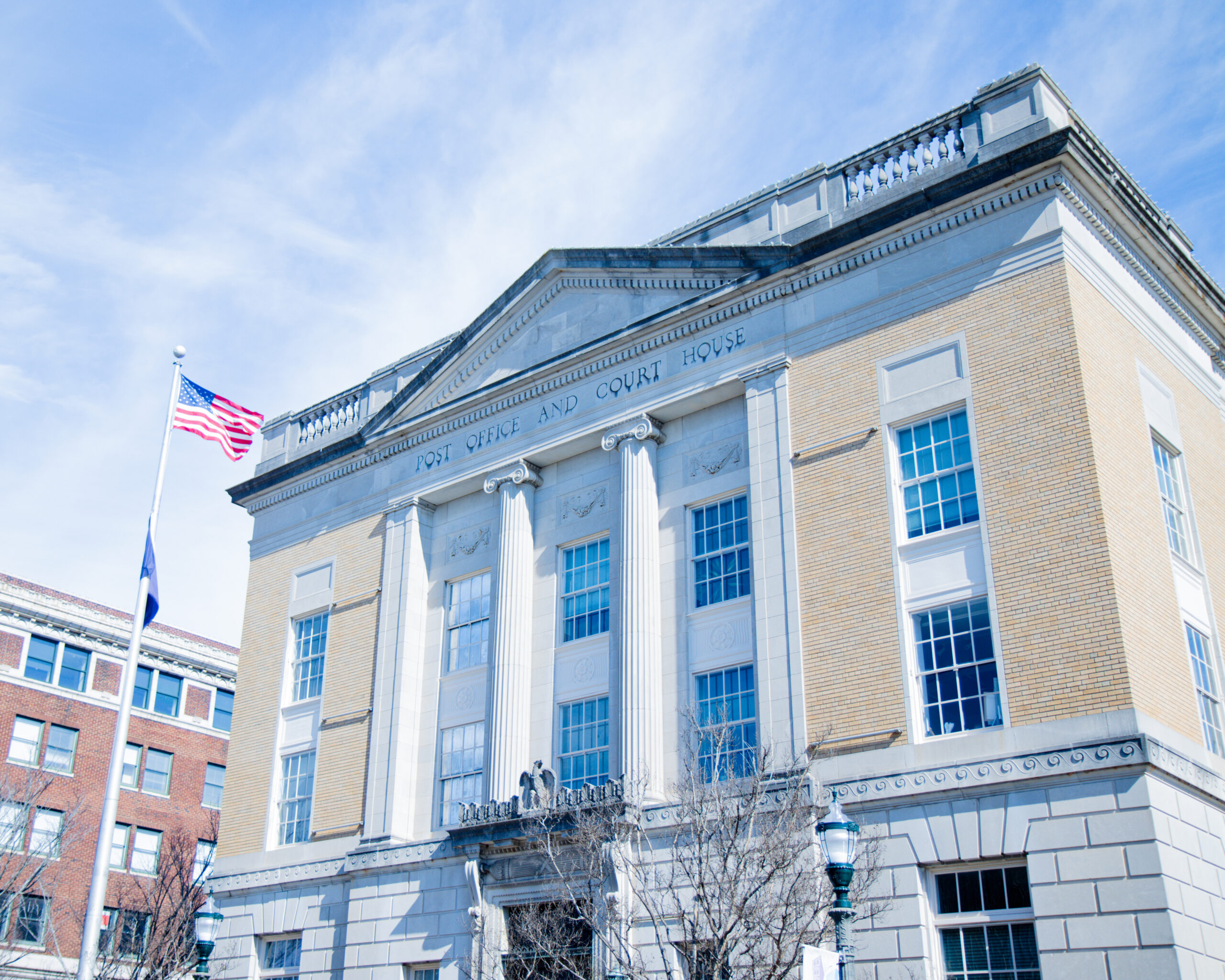Bob Woodward, accomplished investigative reporter, White House journalist and author, has held 18 separate meetings and phone conversations with U.S. President Trump since February, the details of which are chronicled in his forthcoming book “Rage.”
This string of interviews occurred in the midst of the COVID-19 pandemic and recent revelations appear to depict major discrepancies between public statements made by Trump and the insight he provided to Woodward.
“Everybody likes to talk to Woodward, but they think they’re talking to him for, as he calls it, ‘the second draft of history,’” Brian Hicks, author and columnist for The Post and Courier, said. This “second draft” Hicks references is Woodward’s response to former Washington Post publisher Phil Graham’s assertion that journalism acts as “the first rough draft of history.”
Woodward, best known for his chronicling of the Watergate scandal and extensive catalogue of books centered around the American presidency, is a former journalist for The Washington Post and maintains an honorary editor title, despite transitioning to become a full-time author. Today, his books attempt to provide a fuller and more informed context to the presidential dynamic than he might achieve in a news story.
But Woodward had not signed an agreement or formal embargo arrangement with President Trump requiring him to withhold his findings, and as a former journalist himself, many wonder whether he held an ethical obligation to release information relevant to public health and the public interest.
“This is deadly stuff,” Trump told Woodward on Feb. 7. “You just breathe in the air and that’s how it’s passed.”
“It’s also more deadly than even your strenuous flus,” Trump added, proving a basic understanding of the virus and how it is transferred. Just a few weeks later on Feb. 26, however, Trump described the COVID-19 virus as “a little like the regular flu that we have shots for, and we’ll essentially have a flu shot for this in a fairly quick manner,” seemingly in direct contradiction with what he told Woodward.
He even admitted to purposefully minimizing COVID-19, likely for political reasons.
“I always wanted to play it down. I still like playing it down because I don’t want to create a panic,” Trump told Woodward.
Trump soon began to pressure schools to return to in-person learning, despite evidence it could be dangerous to do so.
“Just today and yesterday, some startling facts came out. It’s not just old, older. Young people too–plenty of young people,” Trump told Woodward on March 19. But in early August, Trump appeared on Fox and Friends and told a very different story.
“If you look at children, children are almost — I would almost say definitely — but almost immune from this disease. I don’t know how you feel about it, but they’ve got stronger immune systems than we do, somehow, for this.”
Woodward has claimed that he didn’t have proper sourcing to verify many of the claims made by Trump, and, ultimately, could not determine the information to be credible or true, according to The Washington Post.
“Bob Woodward has explained that he wanted to confirm information before sharing it, and by that time, the dangers were common knowledge — or perhaps he thought so,” an Associate Professor of Mass
Communication, William Schulte, said. “Overall, I’d consider that reasonable.”
As a myriad of news organizations and social media outlets were flooded with information regarding the coronavirus at the time, it’s hard to guess what kind of impact these discrepancies between Trump’s public statements and the information he was receiving behind-the-scenes may have really had on the general public.
“Members of the president’s own party continue to support him and say he’s great, but they have sort of abandoned just following what he says,” Hicks said. “And part of that may be because it’s so hard to follow what he says because he changes his tune so often.”
A published author himself, Hicks reflected on his time both reporting on and writing a book about the H.L. Hunley, a confederate submarine.
“I was researching the submarine [H. L. Hunley] at the same time I was writing daily news stories,” Hicks said. “My publisher, Random House, would’ve been very mad had I started publishing all my historical research in the newspaper… It would’ve hurt sales. I was cognizant of the narrow line I was walking between two different jobs and I think it would be a lot harder for Woodward were he still on staff writing news stories.”
This distinction is important to draw because Woodward is no longer a daily journalist, but an author, and is therefore held to a different standard by his publisher than a journalist might be to their newspaper.
Hicks continues to grapple with the impact Woodward’s findings may have had on the COVID-19 crisis as it is exemplified today.
“Would Woodward’s warning and release of those tapes, would that have changed the course of the pandemic? Would we not be having these stupid mask protests right now? I don’t know the answer to that,” Hicks said.
Journalists and authors alike are often criticized for withholding information, and, in general, the public often decides this practice to be understandable and acceptable. The difference here, as Schulte pointed out, is the sheer number of lives lost and structural damage done to the country.
“Bob Woodward, much like Anthony Fauci, is well respected in his discipline … and his credibility was rock solid,” Schulte said.
“Perhaps if he had thought through his decisions from that perspective, he could have saved some lives. Maybe. I’m not Bob Woodward and neither are you.”
In consummation: “Hindsight, of course, is 20-20. We know that,” Hicks said.
Graphic by Lizzy Talbert




